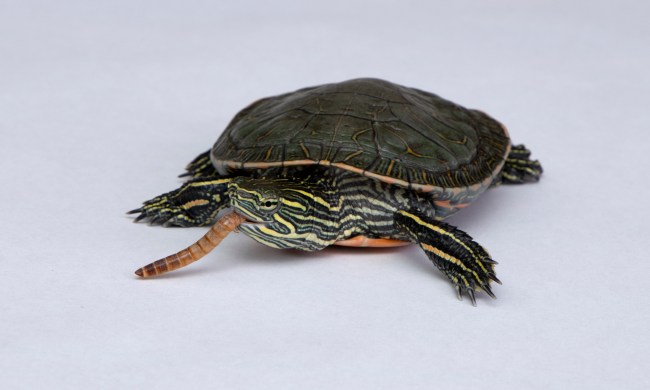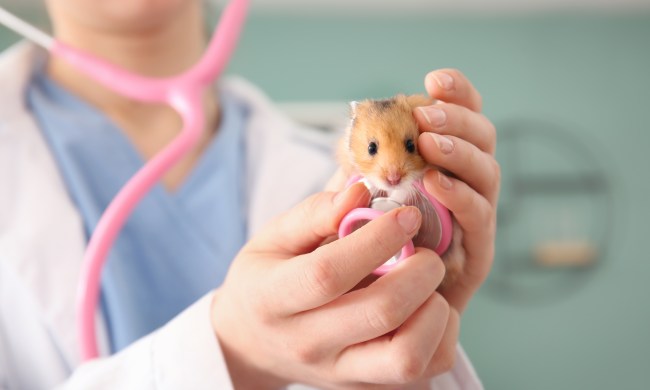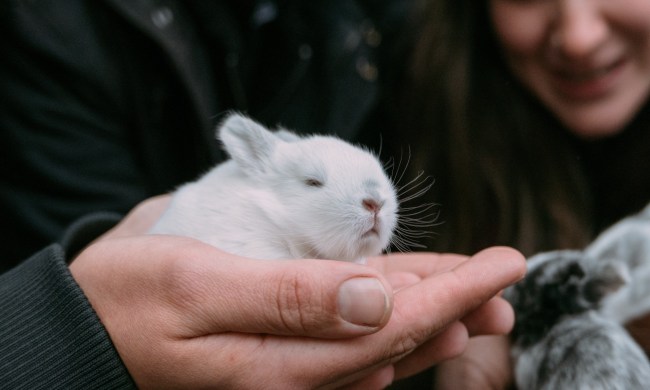Every pet takes commitment. Although life expectancy varies from the brief possession of a mantis to the lifelong dedication of a tortoise, you’re signing up for a long bond with your animal no matter what. Of course, you need to be ready for anything, but knowing what’s probably in store for you when you bring home your new pet helps. Even though they seem a bit scary from the outside, snakes can actually provide excellent companionship for a number of years in captivity. Don’t be deceived by their scaly features: Even though they aren’t cuddly like other animal companions, snakes require a lot of attention and decades of work.
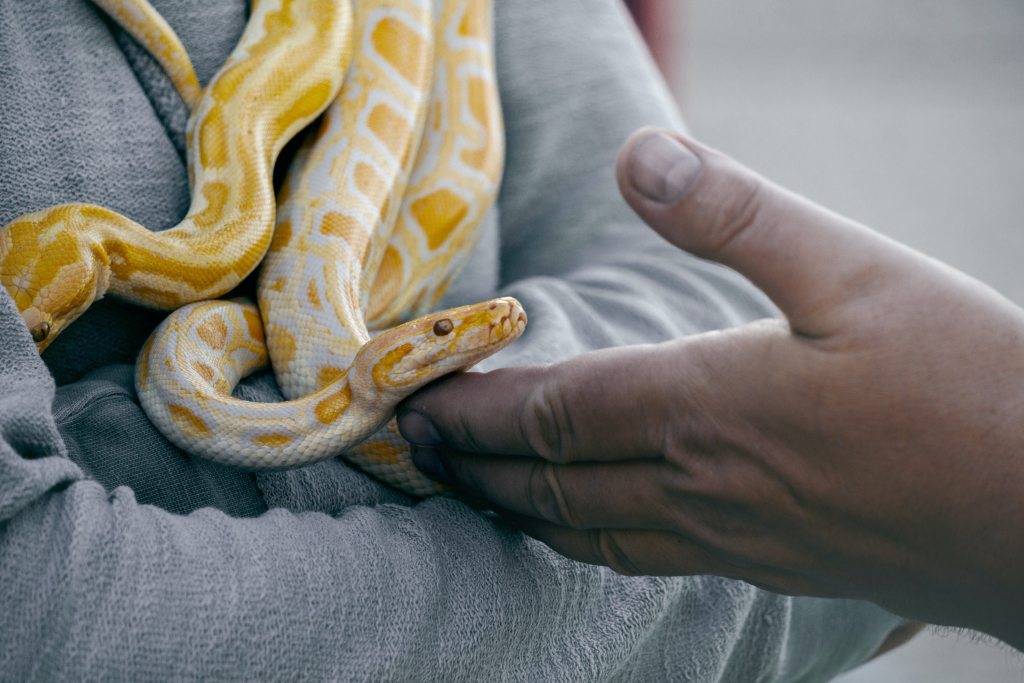
Which snake should I get?
Every kind is different, and each breed requires different housing, food, and care. Some will live longer than others depending on what you settle on, and they all face slightly different health and safety issues. While many breeds don’t last terribly long in the wild, a few special snakes have reached their late 30s or early 40s in captivity. Sadly, yours probably won’t stick around that long. In general, pythons and boas tend to outlast milk and corn snakes — a better pick for beginners — but they can all hit solid double digits.
How long do snakes live?
We already know that it varies, and you’ll want to drill down on your particular snake species before committing. We recommend you start out with one of the gentler and easier types since larger and more aggressive breeds will take lots of experience. So, how long do corn snakes live? Plan for about 15 years if you commit to raising one of these reptiles and giving her a good home. She might even make it to 20 under the right conditions. Interestingly, this snake lives only a relatively short time in her natural habitat, just about six to eight years. That means you’re responsible for that extra decade.
Some of those big and bold ones attain a truly impressive life span, with anacondas, ball pythons, and boa constrictors probably topping the list. These imposing slitherers are the ones who might celebrate their ruby jubilee and hit the 40-year mark. As mentioned, they should be kept only by experienced handlers who are ready for their more intense care and able to handle them for close to four decades.
What does it take to keep a snake healthy?
The basics of snake care require a strict feeding schedule, a carefully controlled environment, and sufficient stimulus. Docile breeds like the corn snake will get attached and enjoy interacting with you frequently, but you’ll also want to make sure that she has plenty to do in her housing. Give your pet, regardless of breed, plenty of objects to hide under, slither through, and wrap around. Even though she looks sweet, all snakes are carnivores and they want to hunt. Some owners choose to stick with prekilled rodents for food since live prey can harm your pet if you don’t closely monitor feeding. But if you can do it safely, letting her catch her food can serve as both a preferred meal and entertainment for your creature.
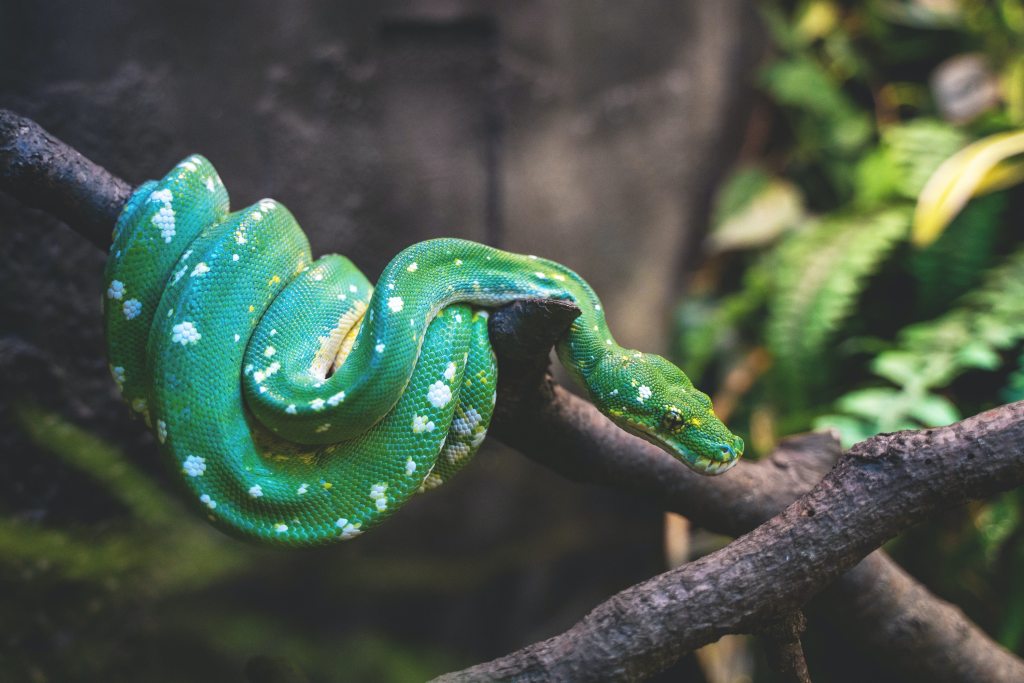
What problems might shorten my pet’s life?
Snakes can be prone to certain health conditions, especially if they’re not receiving the proper nutrition, which will make them more vulnerable. Keep an eye out for diarrhea, bloating, loss of appetite, and swelling of the abdomen. Parasites often afflict reptile companions but will probably need a vet to diagnose. If you notice any of these particular symptoms, head straight to the snake doctor for a full workup. A few other ailments might present with clearer signs such as skin infections. Keep an especially close eye on your scaly friend and get further expertise the second you notice anything concerning.
Keeping a pet snake requires quite a bit of commitment, largely because they can live an impressively long time and have highly specialized needs. Remember, even the tamest of these guys eats entirely meat and does so quite messily. Don’t take on this particular pet if you feel squeamish about this — it’s nothing like feeding pellets to a dog, even knowing that they’re made of meat. Still, if you discover she’s right for your family, she’ll be by your side for many years to come.

